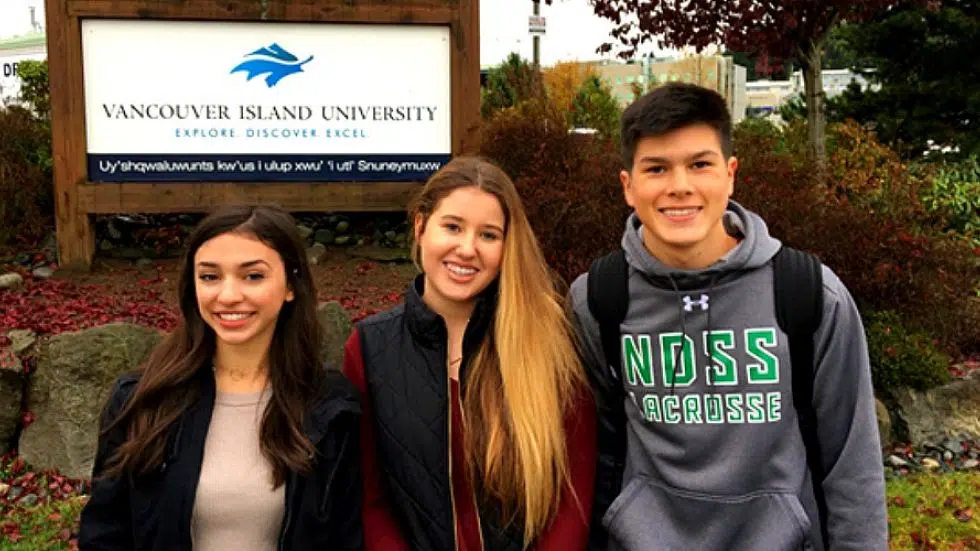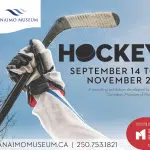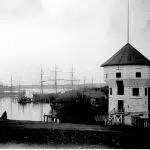
To the stars: Nanaimo students see their science project launched into space
NANAIMO — Most high school science experiments are heavily controlled and done in the classroom with expected results. But a new project ended up with three students heading down to Cape Canaveral in Florida to watch their science experiment be launched into space.
Grade 11 student Parker Davie watched from the bleachers as the rocket took off in what he said was a once in a lifetime opportunity.
“It’s so bright and so loud,” he said of watching the rocket take off to its destination at the International Space Station. “All the bleachers were shaking. It’s a pretty crazy experience.”
Davie, Abigail Sitler and Megan Poteryko, all Nanaimo District Secondary School students, spent roughly 100 hours designing their experiment to test how the muscles on flatworms would fare in zero-gravity. Their results will then be used to find out the best ways to keep astronauts muscles from atrophying when they’re aboard the space station.



